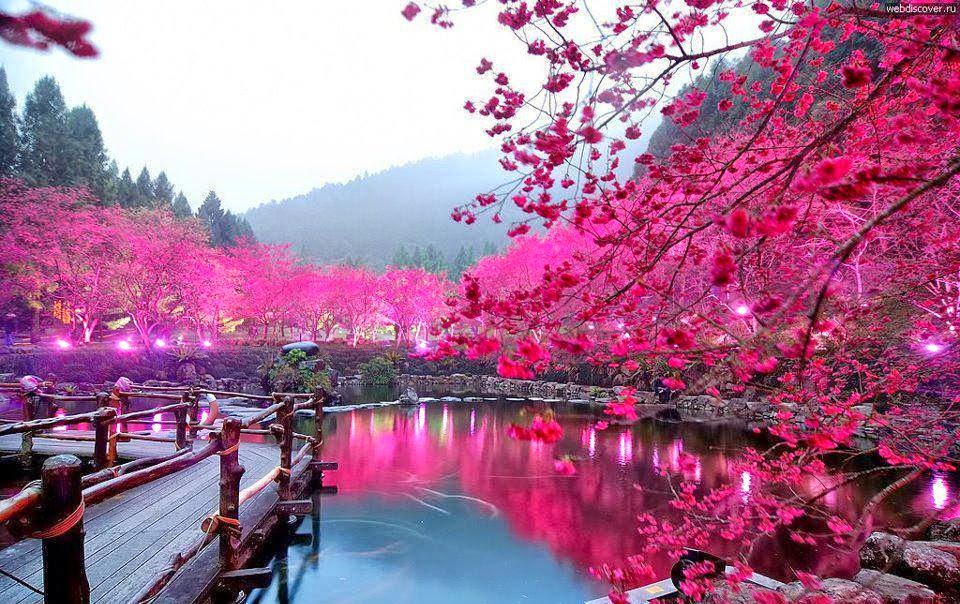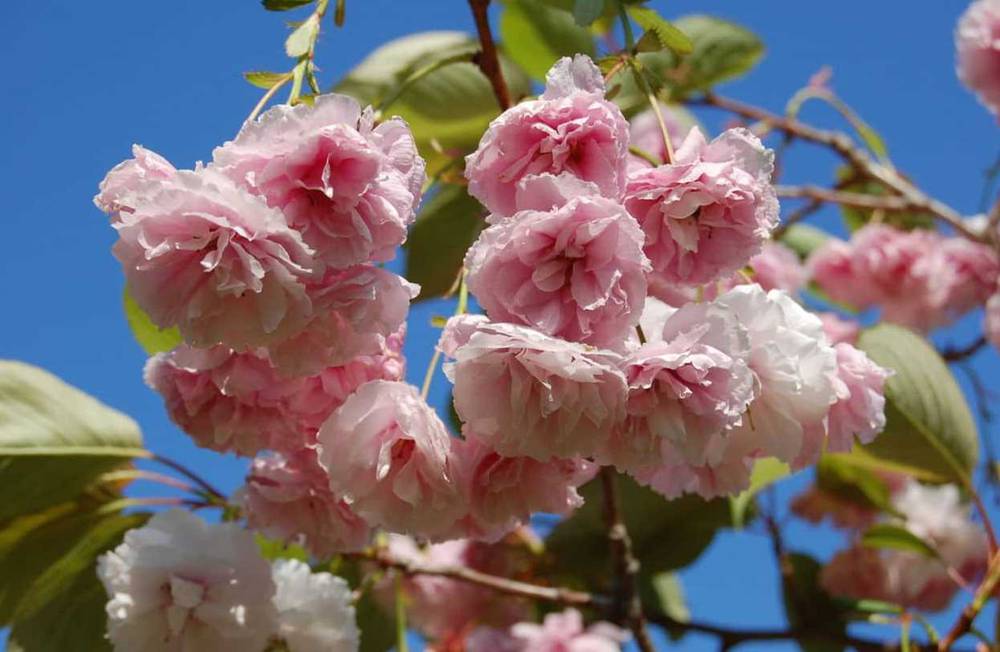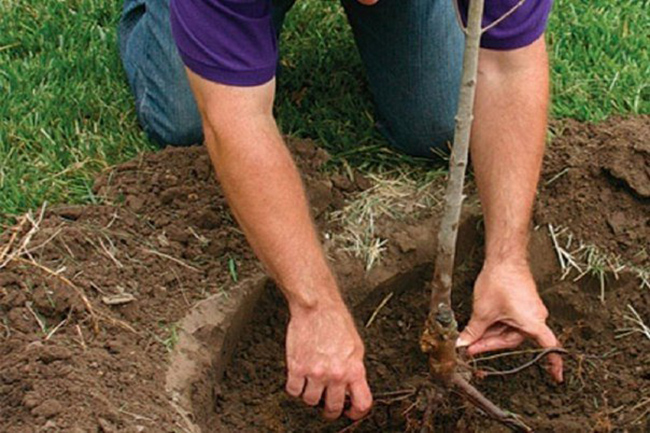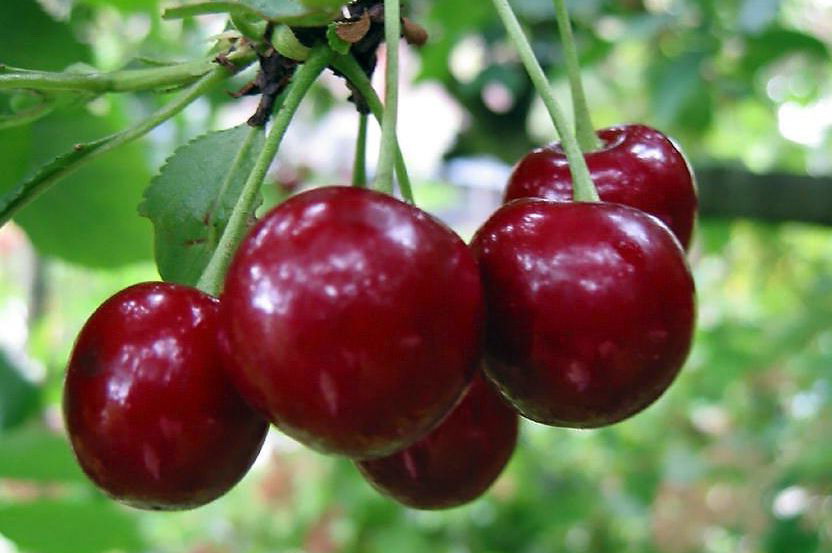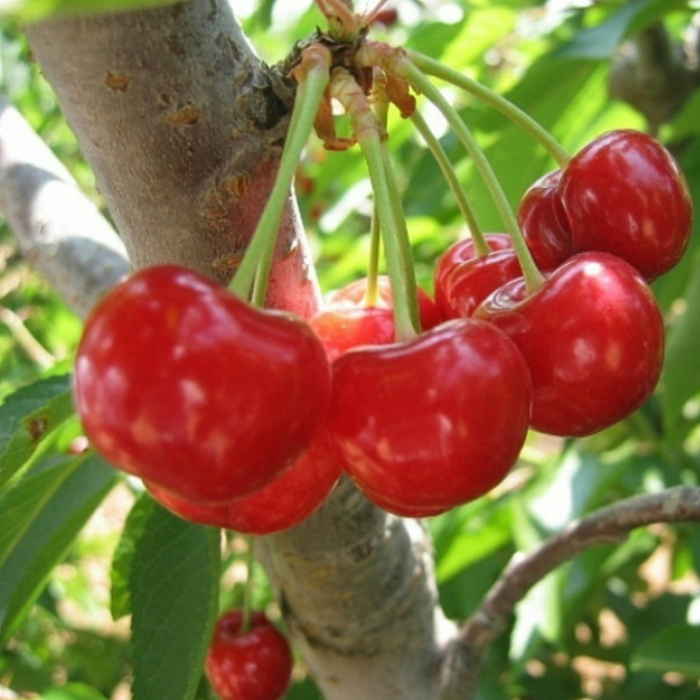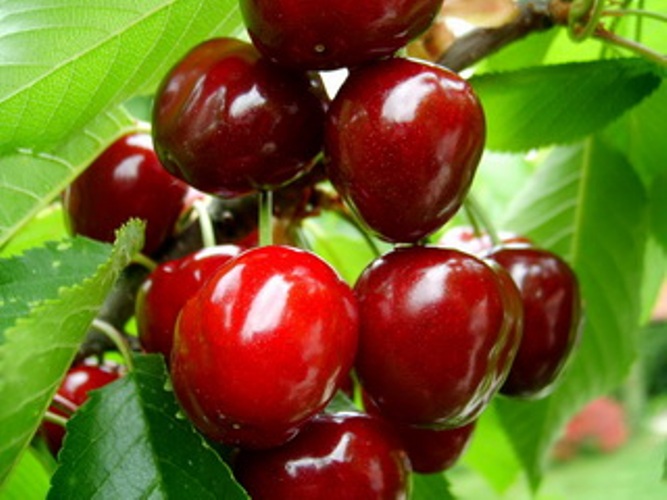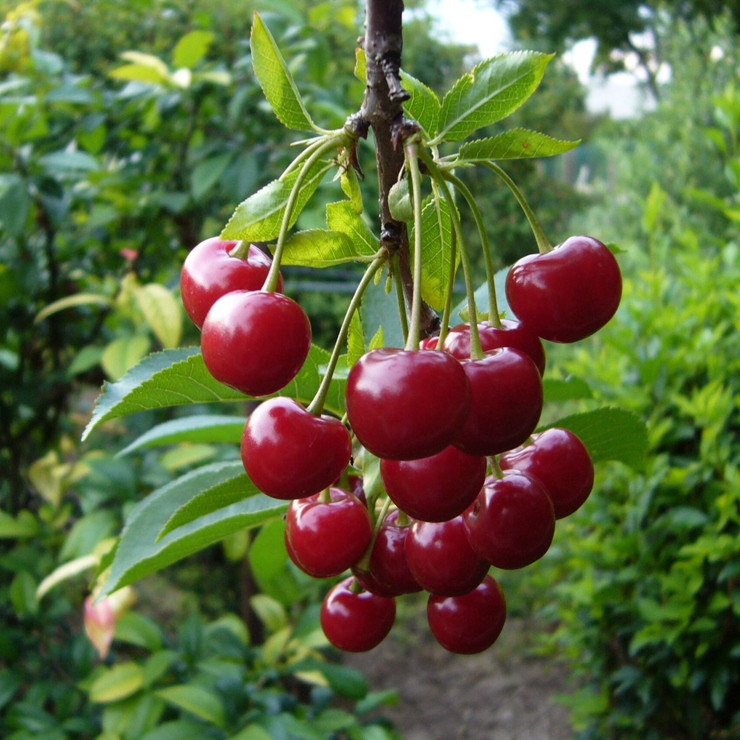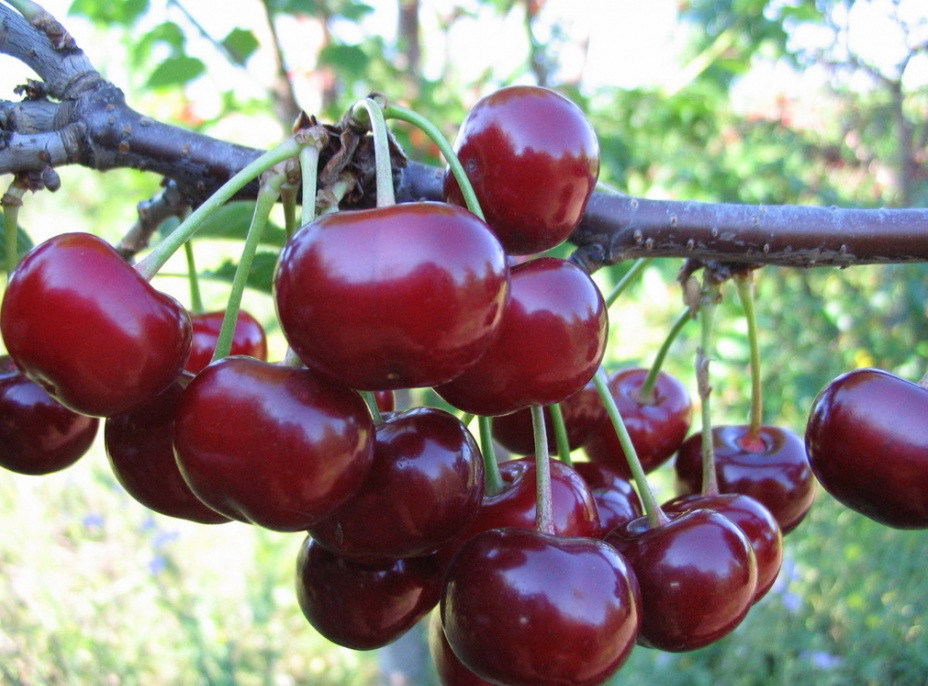Small-sawed cherry is one of the most beautiful ornamental crops. An ordinary cherry, massively grown in the regions of Russia, is fundamentally different from finely sawed cherries in both appearance and purpose, since it is considered a fruit tree. Sakura is a cherry or plum (sometimes it can be called an apricot) - trees of the Plum subfamily, which are planted to decorate the site. The fruit of the sakura, or Japanese cherry, as it is also called, is not edible. These trees are unpretentious to care for, so any gardener, even a beginner, can grow them.
Sakura features
Cherry small-sawed sakura is a low-growing tree that belongs to the Rosaceae family. Its homeland is East Asia (Japan), and China (therefore it is also often called Chinese), Primorsky Krai, Sakhalin Island are considered the natural area of distribution.
Breeders are actively developing new varieties of cherries, at present there are more than a hundred of them, including varieties of finely sawed cherries, a couple of species of which are adapted for flowering in the cold climate of Russian regions. These are Kanzan, Amanogav, Fukuband, Tishim, Semyon, sakura ferruginous Alba varieties.
Popular varieties
The most popular sakura varieties include:
- Cherry Kanzan. The maximum height of finely sawed Kanzan cherry is 12 m with a crown width of 5-6 m. Lateral branches hang down, the main branches grow up. The bark of plants is initially reddish-brown; as the culture matures, it acquires a grayish color and becomes covered with microcracks. Leaves are glossy, the top of which has a serrated edge. They grow up to 12 cm in length and change their color throughout the season from bronze to burgundy. Cherry flowers up to 6 cm in diameter are purple. This variety is used both in single plantings and in group. Recommended for planting in parks and alleys.
- Sakura Amanogaw is a miniature columnar tree. It reaches a height of 4 to 7 m. Leaves are glossy, in autumn their color becomes yellow-orange. Double flowers pink. After the blossoming of the buds, a delicate floral aroma lasts for a long time. Flowering occurs in May, but the tree does not bear fruit. It is used for planting in private gardens.
- Fukuband. The tree reaches a height of no more than 2.5 m, the crown is compact. The leaves are large, dark green in color. This variety is characterized by abundant flowering. The inflorescences are terry, have a dense pink shape. This variety is best planted for miniature landscape compositions and for the purpose of landscaping courtyards.
From the description of these varieties, it becomes clear how sakura differs from ordinary cherry.
Sakura planting process and care
Sakura is a cherry for which a sunny area without accumulation of moisture is important during thaws in spring and rains in autumn. Embankments and small elevations have priority. Cold winds should not "walk" in this place. A place behind any building or plant is perfect. You need to plant sakura at a distance of more than 1.5-2 m from each other. It is worth leaving 2-3 m between the rows.The best time to plant is early spring (before the buds are swollen) or in October. Several varieties should be planted at once for cross-pollination, which in the future will contribute to abundant flowering and a large number of ovaries.
When planting, you need to try to make sure that the root collar is flush with the soil. After that, sprinkle the near-trunk zone with peat or humus with a layer of 4 cm.
In the first years after planting, young plants most of all need protection from frost and cold weather. To do this, you need to cover it with a non-woven material before the first branching of the tree, and put a plastic mesh 0.5 m high on top to avoid the appearance of rodents.
Diseases and pests
Unlike fruit crops, Japanese ornamental cherry is less exposed to various types of diseases, as well as insects. But, if the care is not correct, then the seedling's immunity will weaken after a while, and the plant will be attacked by bacteria, which will slow down the growth and development of the culture. The leaf plate will deform, the flowering density will subside, and the bark will begin to exfoliate. To prevent the tree from dying, measures should be taken to eliminate the disease. Experienced gardeners are advised to treat the affected bark with gray-coal powder, then remove the outgrowths on the branches, and cover the fresh tree wounds with garden pitch.
Before purchasing cherry seedlings, you need to weigh the pros and cons, since an ornamental plant needs certain conditions that not all regions of Russia can provide for it. If we are talking about the south of the country, then you should not even think about it, this is the best place to grow sakura. But for summer residents of the Middle Lane, you need to look for frost-resistant varieties or stock up on covering material, because at a temperature of -20 ° C, ornamental cherry dies.
